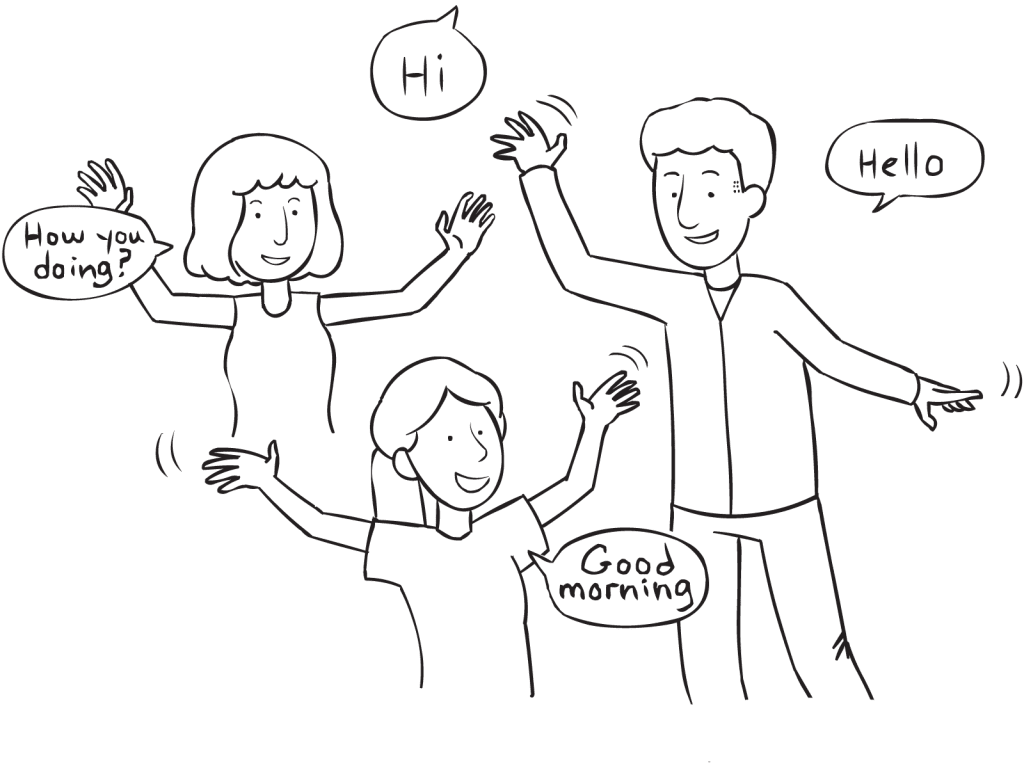Save to Playlist
Step-by-Step Instructions
Video Tutorial Premium
How To Play Narrative Premium
Practical Leadership Tips Premium
Social-Emotional Learning Premium
Health & Wellness Programming Premium
Popular Variations Premium
You Might Also Like... Premium
Useful Framing Ideas Premium
Reflection Tips & Strategies Premium
Program Templates Premium
Source Premium

No Props No Problem
Brand NEW book featuring 150+ outrageously fun group games & activities. Scan QR codes to connect to tons of digital content including video tutorials.
Add to Cart
NEW – No Props No Problem
The best-selling book featuring 150+ outrageously fun group games & activities. Scan QR codes to access exclusive digital content including video tutorials.

Free Ice-Breakers & Group Games
Ten of the best no-prop, interactive ‘get-to-know-you’ games & activities. 100% fun, your group will love ’em. Our most successful giveaway, 10,000+ downloads so far…
Top Ten Icebreakers & Group Games
Download our free 28-page ebook jam-packed with outrageously fun activity ideas.
Just one more question:
I am interested in…
Choose a plan that’s right for you
We offer a range of membership plans with no surprises.
Click an option below & discover our simple pricing.

Individual
Click here if you’re a:
- Teacher
- Corporate trainer
- Outdoor educator
- Camp leader
- Youth leader
- Conference organiser
- Therapist/counsellor
Membership Plans

Enterprise
Click here if you represent a:
- School
- Corporation
- Community-based Organisation
Explore plans for
10, 50, 200 or more
potential users
Membership Plans






I just use this after I read through your recent blog post. I honestly was a little nervous I wasn’t sure how it would come off. I had a group of 14 adults who actually worked in an office building with an elevator so that was perfect.
The difference in each of the three rounds, the behaviors in each of the three rounds was dramatic. They are in an office, all in their separate cubicles and they really wanted to carry forward that energy of the third round into their year. The boss even commented that often in their workplace it feels a lot more like elevator air.
Thank you for sharing this great activity. I plan to use it again
Jen, this is so fantastic to hear. I agree, it is often a very powerful learning for many groups and I’m glad you had a similar experience. Tip: it gets better and better the more you use it because you start to see more connections between the message of this exercise and the behavioural norms of the group I am working with.
One of my all-time favourite, go-to activities. Great for helping to frame a multi-day expedition or outdoor program, I often use it on the first or second day if people are grumbling about needing to hike up that hill or (insert grumble topic here)…
Certain things on an expedition are out of the group’s control (distance, terrain, companions, weather etc.) these can be compared with the distance across the circle and the group of people involved. Ultimately, the distance and group don’t change, but the collective attitude does and this is ultimately the decisive factor (contrast elevator scenario vs room full of friends scenario).
Takeaway – attitude trumps circumstance